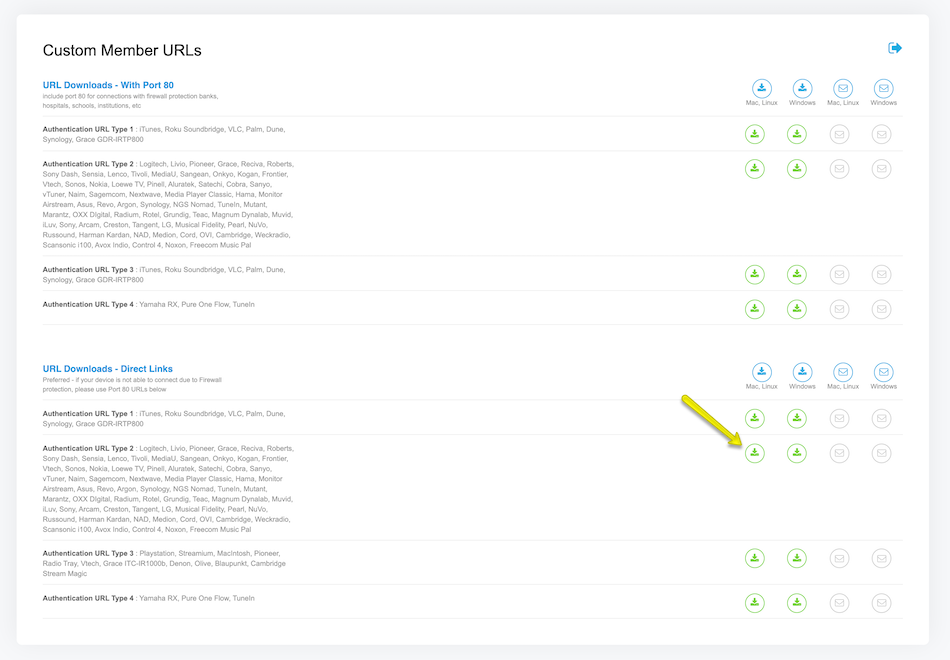

In this case, the bottom two strings must be tuned by the harpist in advance of performance. The only fussier instrument I’m aware of is the harpsichord (one of which I used to possess and perform upon).

The thing to remember is the old joke, which actually contains a germ of truth: “harpists spend half their time tuning, and the other half playing out of tune.” Because of the vagaries of temperature, moisture, flexibility of strings, and construction, harps need extra care in approaching tuning – and tuning 47 strings is quite a chore. These extremes are somewhat flexible, as that top string is almost never called for, and the bottom two are needed mostly for resonance (and tend to strongly cloud the tone if played frequently throughout a phrase).
CALM RADIO HARP MANUALS
Some manuals say that only the lowest Cb needs to be hand-tuned – others claim that both Cb and Db are stationary strings, but don’t mention that in quite a few harps there is no top Gb string. Orchestration manuals tend to be unclear about this. The one or two lowest strings are just too much for the action to handle, creating a problem by their extreme length and mass for the tuning mechanism. The double-action of the modern harp has limitations, as each pedal will essentially create tension on 6-7 strings of varying lengths simultaneously. Some harps do not possess a high Gb string, and both bottom strings of Cb and Db may need to be tuned by hand.

65 from “100 Orchestration Tips,” Part 4: Harp)


 0 kommentar(er)
0 kommentar(er)
